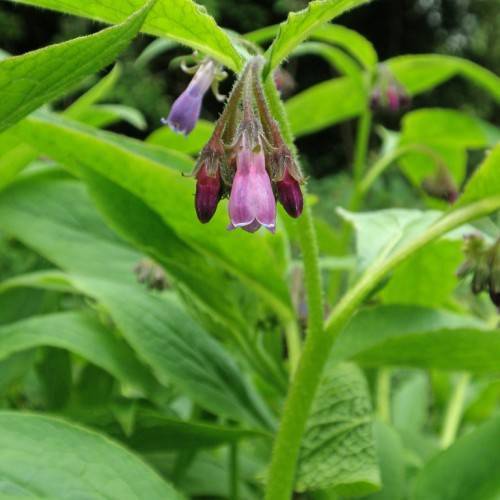
Northern Wild Comfrey
Andersonglossum boreale
Watering:
Minimal
Hardiness Zone:
Flowers:
Flowers
Sun:
Sun
Soil:
Sand
Leaf:
Yes
Growth Rate:
Low
Drought Tolerant:
Yes
Salt Tolerant:
Yes
Invasive:
Yes
Care Level:
Medium
watering
Seaside Fiddleneck is an easy-care plant that requires occasional watering. It should be watered every 5 to 7 days in summer months and every 10-12 days in winter. During the summer, apply 1 to 1½ inches of water and during the winter, apply up to 1 inch of water. The soil should be moist at all times, but not soggy. Refrain from over-watering to prevent root rot. Seaside Fiddleneck is fairly drought tolerant so if you miss a few days of watering, it should be ok.
sunlight
The Seaside Fiddleneck plant species requires at least 6-8 hours of direct sunlight per day for optimal growth. The sunlight should be spread out evenly throughout the day to provide the plant with further energy. It's best to place this low-growing plant in an area with full and direct sunlight, such as the south or west-facing side of a building, as opposed to partial shade or filtered sunlight. It can also withstand short bursts of temperatures up to 111 °F (44 °C). However, the plant should not be exposed to extended periods of temperatures above 86 °F (30 °C). Additionally, the plant prefers sun in the morning and cooler temperatures in the afternoons.
pruning
Seaside Fiddleneck should be pruned heavily to maintain an attractive appearance. Pruning should be done shortly after the plants have finished blooming in spring but before summer heat sets in. Cut back all of the stems, ideally to within 8 to 10 inches of the ground. This will encourage new growth and help keep the plant in good shape. For best results, pruning should be done at least twice a year.
